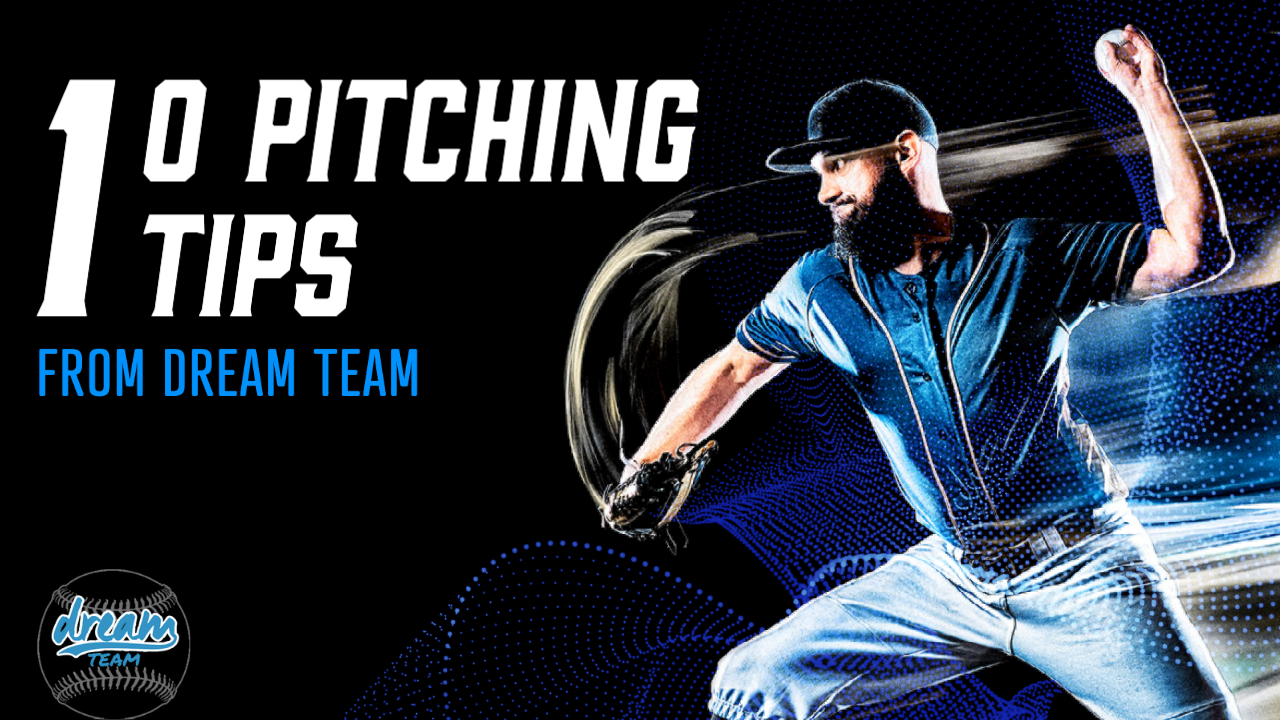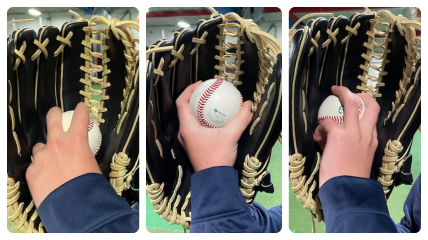Ways for Youth Pitchers to Increase Pitch Velocity
A youth pitcher should be always looking for ways to increase velocity, but it should be done under the guidance of good coaching and instruction geared around the pitcher increasing their throwing efficiency. Chasing higher velocity isn't the end-all-be-all, but when a youth pitcher naturally builds a better delivery they will in turn gain velocity. Yes, strength has something to do with it, but gaining separation and rotational efficiency does even more to build sustainable, effortless velocity. Throughout baseball history and even today, pitchers with higher velocity are revered, but faster is only better when it's sustainable and controllable. That being said, here are some ways that youth pitchers can naturally increase their pitching velocity.


